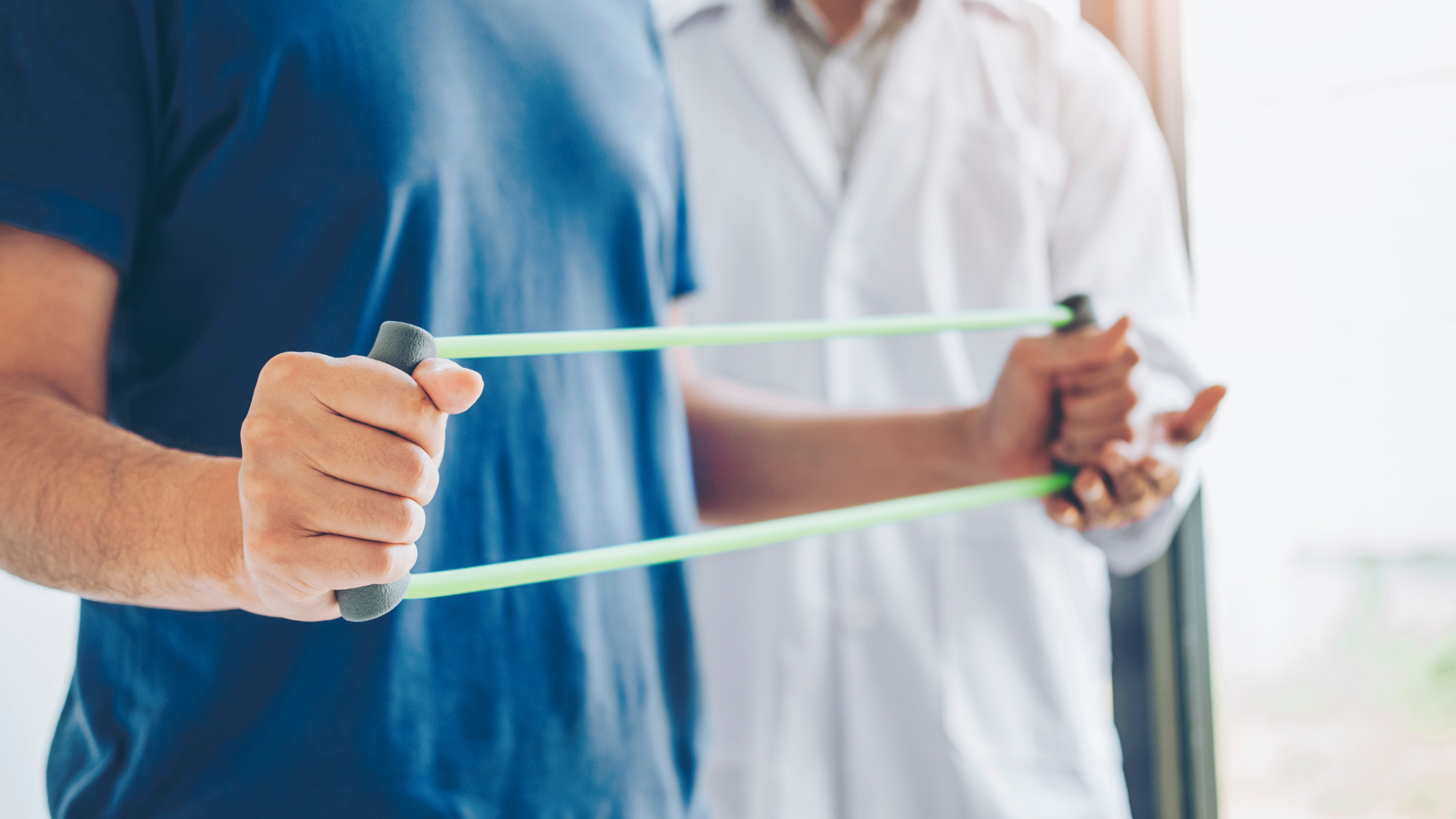![]() Make Appointments 24/7, 365 days a year.
Make Appointments 24/7, 365 days a year. ![]() 302-731-2888
302-731-2888
![]() Make Appointments 24/7, 365 days a year.
Make Appointments 24/7, 365 days a year. ![]() 302-731-2888
302-731-2888

Orthopedic injuries, which refer to any injury that affects the musculoskeletal system, can have a significant impact on a person's mobility and quality of life. These injuries can occur due to various reasons, such as accidents, sports-related activities, or degenerative conditions. Understanding the nature and severity of orthopedic injuries is crucial in determining the appropriate course of treatment. Orthopedic injuries can affect different parts of the body, including bones, joints, muscles, ligaments, and tendons. Common types of orthopedic injuries include fractures, dislocations, sprains, strains, and tears. Each injury requires a tailored approach to treatment and rehabilitation. Physical therapy plays a vital role in the recovery process for orthopedic injuries. It is a non-invasive and drug-free treatment approach that focuses on restoring function, reducing pain, and improving mobility. Physical therapists are trained professionals who work closely with patients to develop personalized treatment plans that address their specific needs. The primary goal of physical therapy in orthopedic injury recovery is to promote healing, restore range of motion, and strengthen the affected area. Physical therapists use a combination of manual techniques, therapeutic exercises, and modalities such as heat and cold therapy to achieve these goals. They also educate patients on proper body mechanics and injury prevention strategies to minimize the risk of future injuries. Physical therapy and rehabilitation offer numerous benefits to individuals recovering from orthopedic injuries. Firstly, it helps to reduce pain and inflammation by targeting the source of the problem and addressing any underlying imbalances. Through various therapeutic exercises and hands-on techniques, physical therapy can alleviate pain and improve overall comfort. Secondly, physical therapy promotes faster healing and recovery. By increasing blood flow to the injured area and stimulating the body's natural healing processes, physical therapy helps to accelerate tissue repair and regeneration. This can significantly reduce the overall recovery time and allow individuals to regain their mobility and function sooner. Additionally, physical therapy helps to restore strength and flexibility in the affected area. Through a combination of strengthening exercises and stretching techniques, physical therapists can improve muscle tone, joint stability, and range of motion. This not only enhances physical performance but also reduces the risk of future injuries. Physical therapy is beneficial for a wide range of orthopedic injuries. Some of the most common injuries that require physical therapy include: Fractures: Physical therapy helps in the healing process by promoting bone alignment, reducing stiffness, and restoring strength and function. Sprains and strains: Physical therapy focuses on reducing pain, improving flexibility, and strengthening the affected ligaments and muscles. Tendon and ligament tears: Physical therapy helps in the rehabilitation of these injuries by increasing stability, promoting tissue healing, and restoring range of motion. Joint dislocations: Physical therapy aims to restore joint stability, improve muscle strength around the joint, and enhance overall function. Post-surgical rehabilitation: Physical therapy plays a crucial role in post-surgical recovery by promoting healing, preventing complications, and restoring optimal function. Early intervention is key to successful orthopedic injury rehabilitation. Seeking physical therapy soon after an injury can help prevent further damage, reduce pain and inflammation, and promote faster healing. Delaying treatment may lead to complications such as chronic pain, muscle weakness, joint stiffness, and decreased mobility. Physical therapists are trained to assess and diagnose orthopedic injuries accurately. They develop customized treatment plans that address the specific needs of each patient. By starting physical therapy early, individuals can benefit from a personalized rehabilitation program that targets the root cause of their injury and facilitates a quicker recovery. Physical therapy and rehabilitation employ a variety of approaches and techniques to address orthopedic injuries. These may include: Manual therapy: This involves hands-on techniques such as joint mobilization, soft tissue mobilization, and manual stretching to restore joint function and reduce pain. Therapeutic exercises: These exercises help to improve strength, flexibility, endurance, and balance. They are tailored to the specific needs of the individual and are gradually progressed as the healing process advances. Modalities: Physical therapists may use modalities such as heat therapy, cold therapy, electrical stimulation, ultrasound, and laser therapy to reduce pain, decrease inflammation, and promote tissue healing. Assistive devices: If necessary, physical therapists may recommend the use of assistive devices such as crutches, braces, or orthotics to support the injured area and facilitate mobility during the recovery process. Physical therapy and rehabilitation play a crucial role in the recovery process for orthopedic injuries. Through a combination of manual techniques, therapeutic exercises, and modalities, physical therapists help individuals regain their mobility, reduce pain, and improve overall function. Early intervention is vital, as it can prevent complications and expedite the healing process. By seeking timely and appropriate physical therapy, individuals can optimize their recovery and regain their quality of life.The Role of Physical Therapy in Orthopedic Injury Recovery
Benefits of Physical Therapy and Rehabilitation
Common Orthopedic Injuries That Require Physical Therapy
The Importance of Early Intervention in Orthopedic Injury Rehabilitation
The Different Approaches and Techniques Used in Physical Therapy and Rehabilitation
The Impact of Physical Therapy and Rehabilitation on Orthopedic Injury Recovery
* indicates a required field.